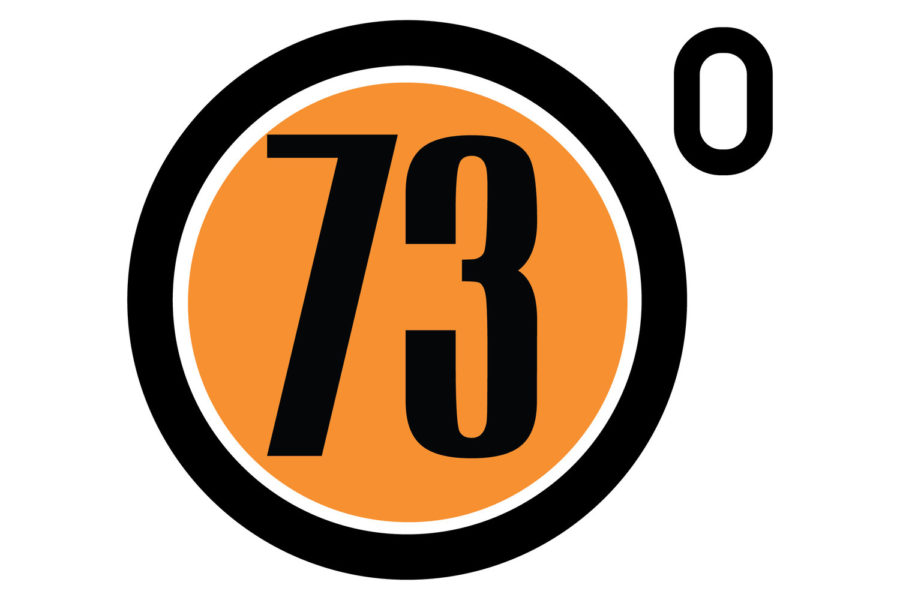I often hear the words, “ I’m not a proper cyclist so it wouldn’t be worth having a bike fit”, or “I’m worried I’ll come away with things I don’t need’, or even (and this is me); “I know I’ll look ridiculous as I know nothing about bikes, I just want to get on and pedal’. But then I also see an awful lot of people with bad backs/sore necks/uncomfortable knees from cycling during their soft tissue therapy/sports massage treatments. So I asked the lovely chaps down in Keynsham at 73Degrees, and specifically, Jon the Bike Fitter, to give the low down on why it’s a good idea to have one regardless of cycling ability/level.
Why have a bike fit?
Ensuring you are in the correct position on the bike not only optimizes power production and efficiency it also limits the chances of overuse injuries and postural dysfunction in day-to-day life. Being more comfortable on the bike means you’ll want to go out more frequently and further with less risk of bad backs/necks etc.
Who needs a bike fit?
Everyone. Novice to Pro and everywhere in between. E-bikes, folding bikes, time trial bikes, wattbikes etc. The best example is that you can ride any bike down the road – even a child’s bike- it’s just not optimal. Most people aren’t optimally set up on their bikes and some people are further out than others – but most people put up with it as they are unaware of how a bike can feel if set up optimally.
What happens in a bike fitting?
It all starts with an interview to establish your riding style, goals, injury history etc. Once we have an idea of what you’d like to achieve on your bike, we then look at how you function off the bike and get an idea of how your day-to-day lifestyle may impact your position on your bike,
We then get you on your bike and begin testing. There are certain norms that the average person functions well in, so we start there. Using HD high FPS video analysis and a trained eye, we can then assess how you’re currently interacting with the bicycle. We then set out to find what is optimal for the individual. Using specialist tools we can adjust every metric on the bike in rapid succession giving you and the fitter information as to what works and what doesn’t work. Using this process we are able to pinpoint necessary metrics to within +-1.5mm.
Once the bike feels awesome and we’re happy with the position the necessary changes are made to the bike and the position is documented for future reference.
So there you have it. I will be off for a fitting on my new bike at the end of the month, and if you have any other unanswered questions about the bike fitting, please get in touch.







